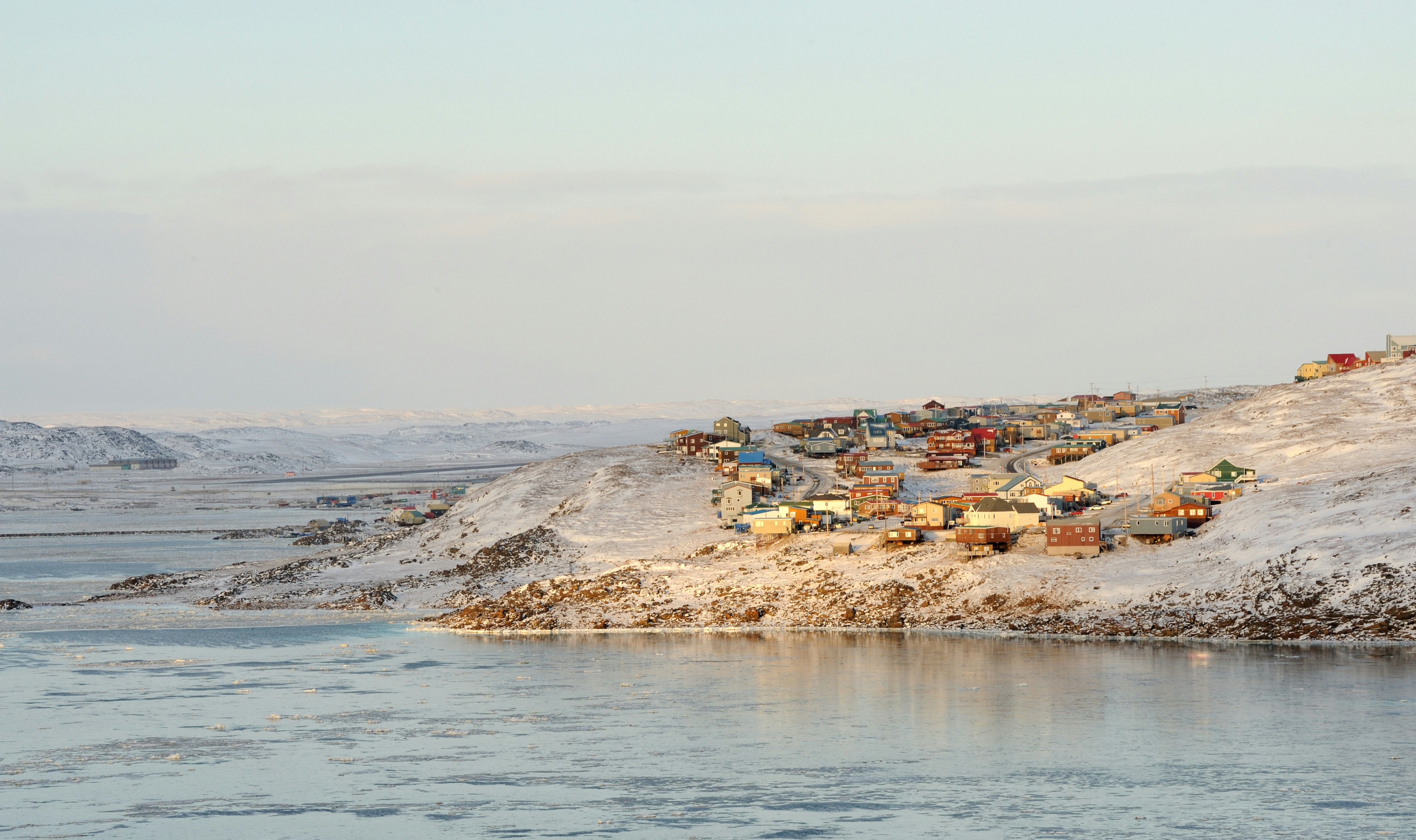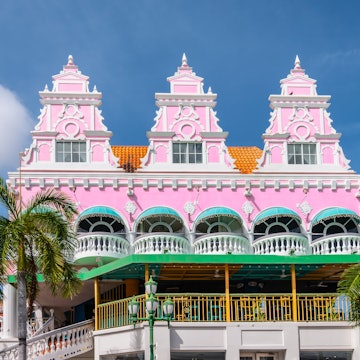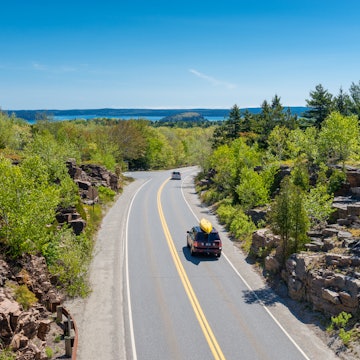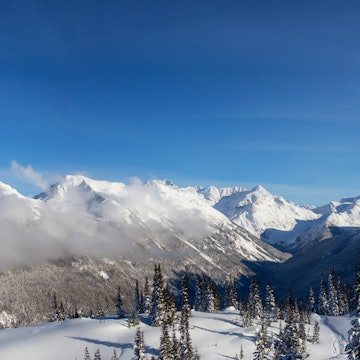
Celebrating spring in the Canadian Arctic at Nunavut’s Toonik Tyme Festival
Feb 11, 2020 • 5 min read

In Iqaluit, the capital of Canada’s territory of Nunavut, the afternoon temperature in April hovers around 5ºF (-15ºC) – not exactly weather for daffodils or cocktails on the terrace. But this is springtime in a region where the sun barely rises above the horizon for months, and the arrival of this new season is something to celebrate.
And celebrate Iqaluit does, at the annual Toonik Tyme Festival, a two-week spring event that highlights the traditions and present-day lives of Nunavut’s Inuit population, and marks the return of the sun to the snow-covered far north.

What’s a Toonik?
Home to nearly 8000 people, Iqaluit is located on Baffin Island, surrounded by the North Atlantic Ocean and three hours by air from Ottawa, Canada’s capital. The town is one of 25 communities in Nunavut, a territory that stretches across more than 800,000 sq miles (2 million sq km), roughly the size of Western Europe but with only 38,000 residents, more than 80% of whom are Inuit.
Iqaluit’s Toonik Tyme Festival takes its name from “Toonik,” which refers to a member of the Tuniit people, who lived in the Arctic regions of eastern Canada and Greenland before the Inuit arrived roughly 1000 years ago. The event launched in 1965, well before Nunavut became Canada’s third territory in 1999.
The festival’s founder, Bryan Pearson, was not a Nunavut native. Born in Liverpool, England, in 1934, he made his way to Frobisher Bay, as Iqaluit was formerly known, in the 1950s. Pearson held an assortment of jobs on Baffin Island, from dishwasher to shopkeeper to mortician. He reportedly smuggled wine into Iqaluit hidden in coffins that he shipped to the north.
Eventually, Pearson got involved in local government, helping to organize Frobisher Bay’s first community council and serving as its chair. Although not of Inuit heritage himself, when he and his fellow council members decided that the town needed an event to mark the arrival of spring, Toonik Tyme was born.

Throat singing and a fashion show
For the festival's opening ceremony, local residents settle into chairs lined up inside the town’s curling arena. Many of the women wear amauti, traditional pullover-style parkas trimmed with embroidered piping, and keep them on even after they sit down in the chilly hall. Inuktitut (the Inuit language) fills the cavernous space, as children dart around in front of the stage.
The ceremony itself alternates between Inuktitut and English, honoring members of the community and showcasing the breathy puffs and growls of local throat singers. In 2019, the highlight of the opening event was a fashion show, in which residents and their families modeled amauti, pants, and boots they had made in a sewing program run by the Ilitaqsiniq Nunavut Literacy Council. The organization offers both literacy and cultural education, teaching sewing, fish smoking, snowmobile engine repair, and other life skills important for life in Nunavut.

From seal skinning to snowmobiling
One objective of the Toonik Tyme Festival is to promote games and activities that reflect Inuit qaujimajatuqangit, or traditional knowledge, from dogsled racing to igloo building, along with their more contemporary incarnations. Note that the festival includes seal-skinning contests, which some visitors might find objectionable. Events range from concerts featuring local musicians to an afternoon of traditional “country food,” where you might sample seal meat, Arctic char, or caribou.
There are snow machine races, including a kids’ competition, where children as young as seven whiz around a course on scaled-down snowmobiles. In another event, adults crouch on the kids’ snow machines and navigate the race route, their knees nearly touching their ears.
Other spring activities in Iqaluit
Inside the Unikkaarvik Visitor Centre, you can learn how the Inuit traditionally divided the year into six seasons, defined by the cycles of the natural world. Auyarq (summer) is when the sun never fully sets, ukiaksaaq, or autumn, is when the days begin to shorten, and ukiaq is early winter, when the ice on Nunavut’s bays starts to freeze. Ukiuq, or midwinter, is “the season of the great bear” (the polar bear), while upingarqsaaq – late winter or early spring – is considered the time to travel to the floe edge or the polynya, the point where ice meets the open ocean and where seals, whales, and other wildlife often gather. Finally, there’s upingaaq – spring – when the ice starts to break up and move out to sea, and the sun begins to return.

Several Iqaluit guides take springtime visitors on excursions to the floe edge, including Inukpak Outfitting, the adventure travel company that Louis-Philip Pothier founded with his wife and business partner Martine Dupont, the company’s “Director of Awesomeness.” You’ll travel by snowmobile across the still-solid ice of Frobisher Bay, past craggy ice cliffs that rise and fall with the tides, looking for seals or Arctic birds as you approach a section of open water on the frozen ocean.
Back in town, as you walk between the colorfully painted low-rise buildings, you can check out St Jude's Igloo Cathedral, the Anglican church whose curved shape resembles an Inuit igloo, or explore traditional Inuit art at the Nunatta Sunakkutaangit Museum, which also mounts exhibits of more contemporary works.

Make your way to Canada’s northernmost craft brewery, Nunavut Brewing Co, to sample their Floe Edge lager or Aupaqtuq red ale. Then raise a glass and toast to the sun, when it finally returns to the Canadian Arctic.
This year’s Toonik Tyme Festival in Iqaluit runs April 9–19, 2020.
You might also like:
Polar bears: close encounters of the furred kind in Canada
One man is on a mission to paint the Canadian Arctic
My search for silence on Greenland's Arctic Circle Trail















